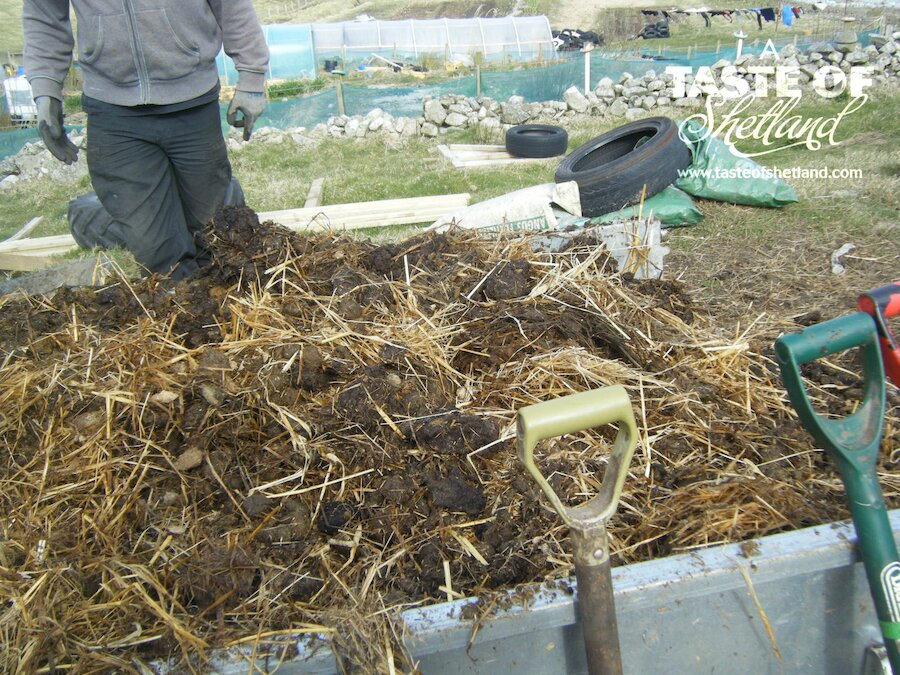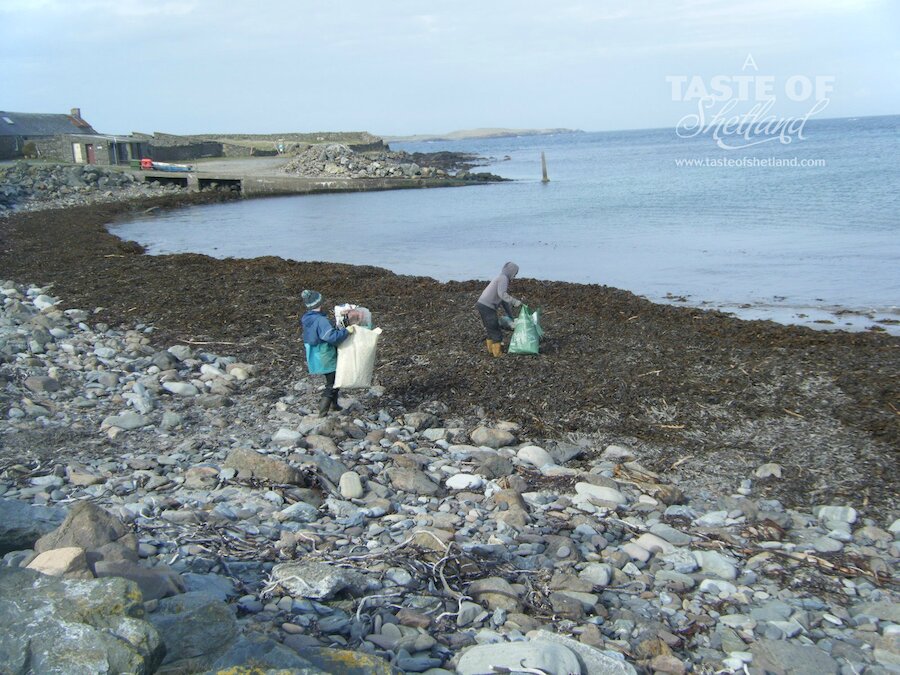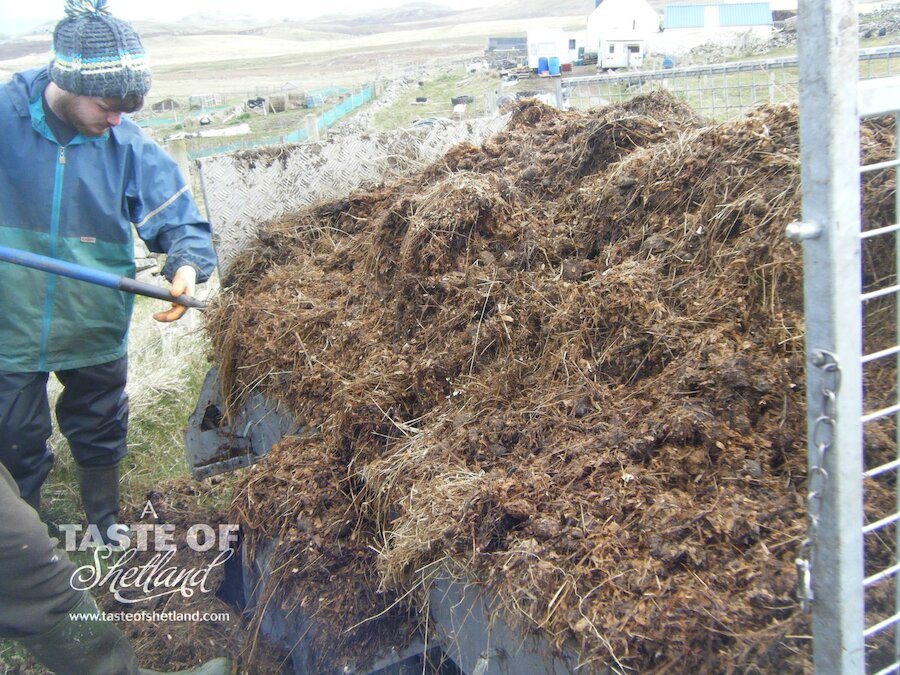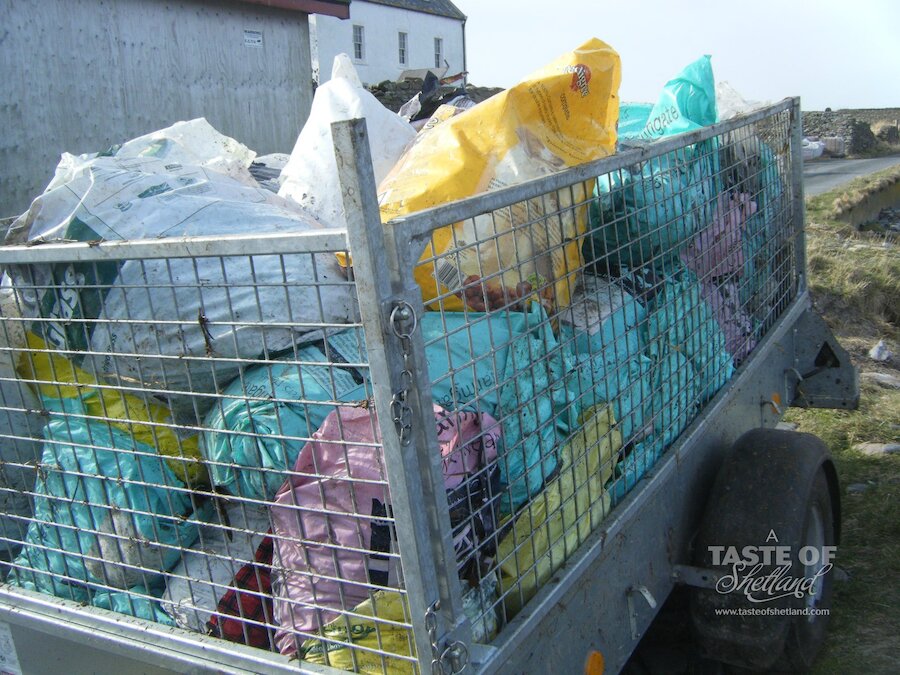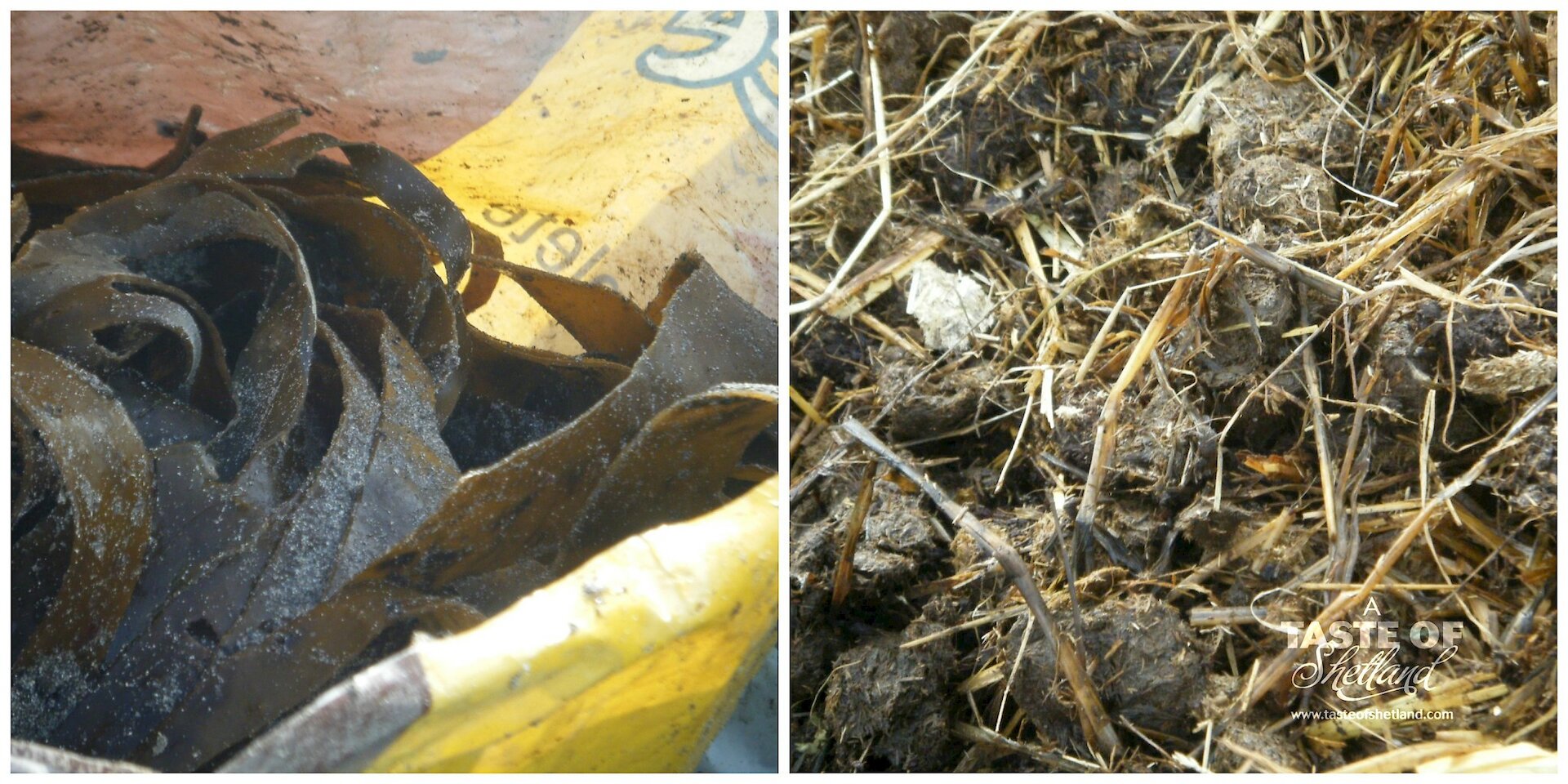I love poo.
We’ve just spent the last week collecting horse poo from around the Westside. It has a double feel good factor because all the poo piles belong to our customers (horses) and it's another way of bringing the community bit into the 'community growing'. At a guess we now have near 10 tonne of manure waiting to be used on the veg and fruit beds. It keeps you fit, shovelling all that lot.
In between runs to the poo piles we've been to the beach for seaweed too. Can’t beat a combination of manure and seaweed for feeding the crops. Seaweed is what they call a ‘complete feed’ it has a good balance of nitrogen (N) Potassium (K) and phosphorus (P) and all the micro-nutrients too. Manure on the other hand is higher in Nitrogen and can, if you’re not careful, be overpowering for some plants.
Tomatoes and potatoes for instance, can’t cope with too much manure. Well, it’s us that can’t cope because we want the bits of the plant that they grow for reproduction (tomato fruits or potato tubers), but when they have a lot of Nitrogen they don’t feel the need to make babies; they just grow and grow and grow. All leaf and no good bits. Carrots and beetroot can be like that too. They all like a fertile ground, but not too fertile. Got to keep them thinking the end is almost nigh so they make plans for continuing their line. That’s where seaweed is ideal, it gives them what they need but no more.
Brassicas on the other hand can’t get enough and benefit from a good dollop of both seaweed (for the micro-nutrients, because they’re awfully sensitive to deprivation) and poo (for big green leafy plants). They can be in the ground for a long time too and need long-term slow release foods. Seaweed and manure are excellent for this. As they rot down they release their nutrients into the soil over a period of months and years, adding organic matter to the soil at the same time.
To complicate things, not all poo is created equal. Here at Turriefield we have 6 different animal manures, (soon to become 7 when our own horse arrives) and I’d really love some good old cow muck too, but I think that’s a project for another day. Chicken manure is the king of the poo pile with at least 5 times more nutrient content than cow muck, but as such needs to be treated with respect; well-rotted and used sparingly. Horse manure is high in organic matter and often comes combined with straw which makes for some lovely soil conditioning material. Sheep poo as all crofters know, is probably the least exciting manure, but if it’s all you’ve got, mix it with plenty of seaweed and it’s better than nothing.
All manure is too strong to use straight away, it needs to be rotted to some extent before you put it on the ground to avoid burning the plants. BUT the longer you leave it the less nutrients it has. Exposed in a pile outside it can deteriorate as much as 30-40% in 48 hours. Add rain to that and the nutrients get washed away, feeding the soil under the pile but nothing else. It’s best to keep your poo in bags, under tarpaulin or inside if you can, until you spread it. All those vital nutrients need to go into your soil to be used by your plants.
Liquid feeds can be made by adding seaweed and manure to barrels, or buckets of water. Leave it for two weeks and you’ll see it start to ferment, you might even get a nice green or pink froth on the top depending on the weather. Strain before use (to stop it clogging the watering can rose) and dilute 10 water to 1 of your brew. Water on to your plants for a quick short-acting boost. We have separate barrels of seaweed and manure teas which means we can control the amount of the nutrients more precisely, but it can be combined in one barrel if you like. It will depend on what you’re growing and how fertile your soil is.

